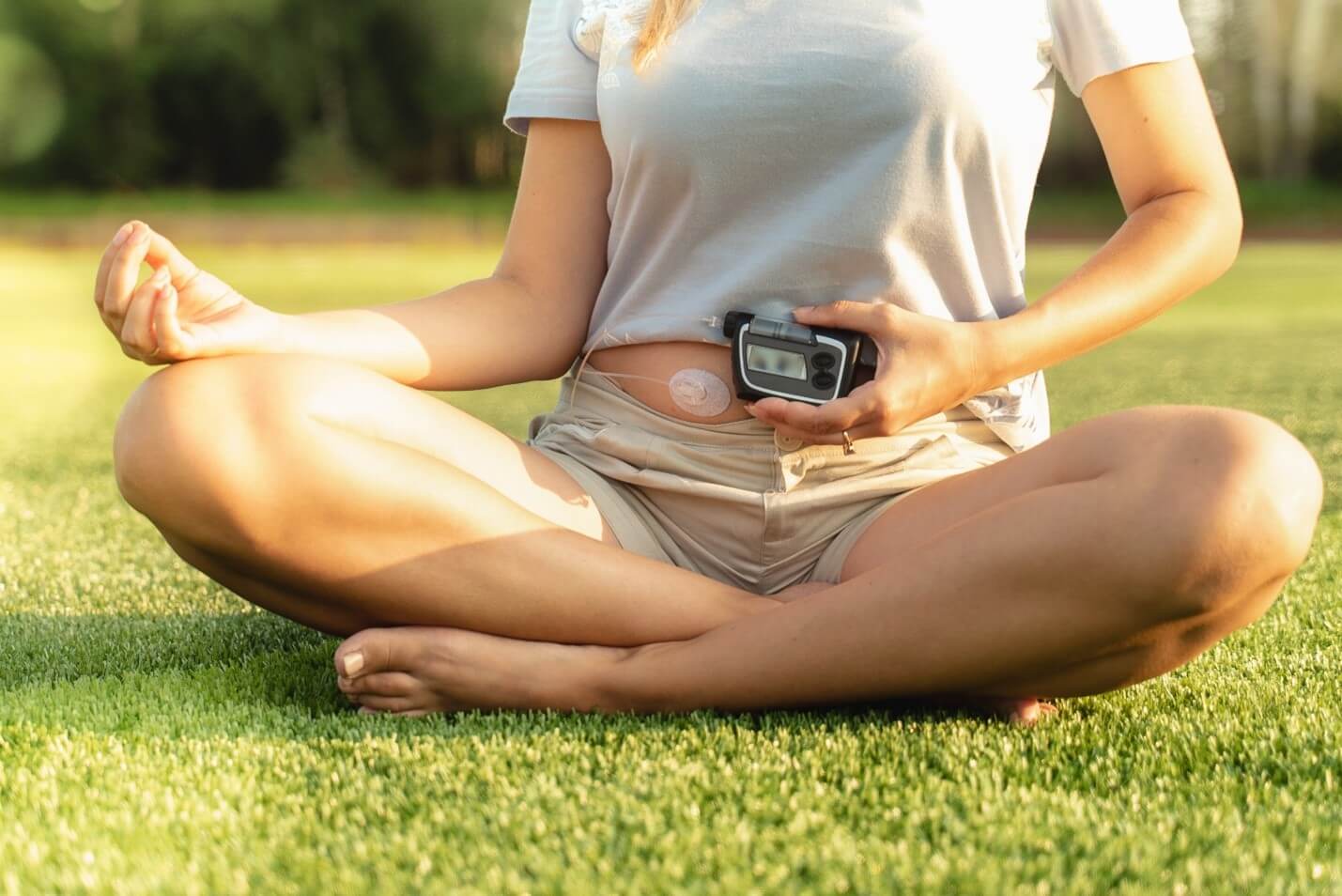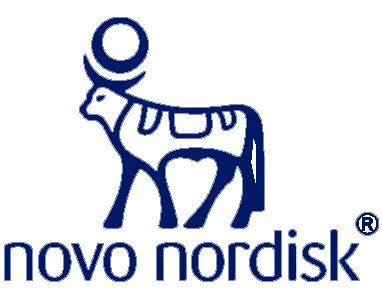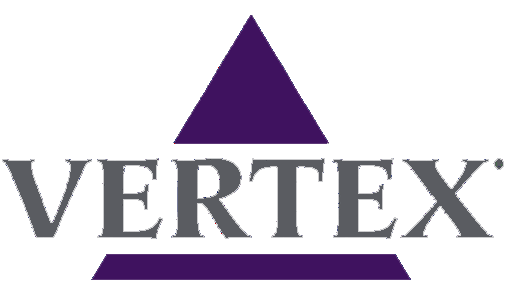by IHSG
Share
by IHSG
Share

Impaired awareness of hypoglyclycaemia (IAH) robs people of this opportunity. Defined as a reduced ability to realize that plasma glucose is falling, IAH typically occurs in people with long-standing diabetes and/or recurrent exposure to hypoglycaemia.1 In this group, the thresholds for counterregulatory responses and clinical symptoms get reset to lower levels of blood glucose.1
Not surprisingly, IAH increases the risk of severe hypoglycaemia (SH)—defined as an episode that requires assistance from someone else or results in loss of consciousness—by a factor of six in people with type 1 diabetes. The converse also holds true: having SH episodes increases the risk of IAH. Thus, the two phenomena coexist in a negative feedback loop.
Regaining awareness
Fortunately, hypoglycaemia awareness can be restored. The basic strategy is conceptually simple, though not easy to implement: do everything possible to avoid future episodes of hypoglycaemia. Research has established that avoiding glucose levels under 3 mmol/L (54 mg/dL) is associated with restored subjective awareness of hypoglycaemia.2
But how? Research has shown that patient education is key. Though informal education can certainly work, structured education programmes supporting flexible self-management of insulin regimens provide a reliable framework to jump-start the process. Based on a range of studies, we know that structured education in flexible insulin therapy can restore subjective awareness of hypoglycaemia to the point that the risk of SH goes down by over 60%.3-4
A boost from technology
Technology, in turn, can add a layer of protection against SH, including in people with IAH. Specifically, insulin pump therapy has been shown to reduce SH by about 75%5 and continuous glucose monitoring (CGM) by 60-70%.6-7 Glucose-sensor technology can further potentiate the SH-reducing benefits of pump therapy.8 Of course, the technology only provides this protection if used as intended and does not offer guarantees. In a retrospective study of type 1 diabetes patients with problematic hypoglycaemia awareness, for example, CGM reduced SH but did not restore awareness of hypoglycaemia.9 Futhermore, not everyone with IAH can engage with available technology to effect a cure.10
If education and technology do not achieve the desired objectives, islet cell transplantation offers another avenue of hope. In a study of patients with IAH and intractable SH, islet cell transplantation not only led to freedom from SH events, but yielded significant improvements in overall glucose control and condition-specific quality of life.11
Removing the barriers
In the real world, people do not always behave like their textbook counterparts. For various reasons, patients may resist interventions that will ultimately make their lives easier. Some patients are reluctant to engage with technological solutions, perhaps because of previous negative experiences or fear of being unable to manage the technology. Age and socioeconomic barriers may also come into play.
For example, a recent study analyzed attendance patterns of adults with Type 1 who had been invited to attend the Dose Adjustment For Normal Eating (DAFNE) structured education program in London, UK. The analysis showed that attendance was significantly higher in patients with higher baseline HbA1c level (OR 1.96), younger age (OR 0.98), and lower social deprivation (OR 0.52).12 These findings suggest that older patients and those with socioeconomic challenges may need extra support and/or alternative engagement strategies to overcome their reluctance to attend.
In another study, patients with type 1 diabetes who had received instruction in use of bolus advisors during a structured education course were interviewed right at the end of the course and 6 months later. Participants who considered their mathematical skills to be poor relied heavily on advisors, while others preferred using advisors because they saved time and effort in calculating doses.13 The follow-up interviews revealed that patients who lost the habit of calculating their own doses lost skill and confidence, thus becoming increasingly dependent on their advisors.13
It is likely that technological solutions have a lower efficacy and uptake in those who stand to benefit most from those very solutions.10 There is a clear need for simple calculation strategies supported by encouragement and follow-up training. It also bears noting that IAH itself has a negative effect on adherence to insulin regimens.14 This stands to reason, given that people who lack hypoglycaemia symptoms may also have trouble recognizing the seriousness of the problem and prioritizing its avoidance.15 Researchers are investigating how psychological approaches may help overcome this barrier.16
Our collective responsibility
Identifying people at high risk of SH because of IAH is a key responsibility for health care professionals supporting people with diabetes. Simple questions about how well the patient recognises the onset of hypoglycaemia, whether this happens with a blood sugar above or below 3 mmol/l (54 mg/dl), and who first notices a person’s hypoglycaemia can help identify this high-risk group.
Care providers must consider that each patient comes with unique abilities and challenges, thus calling for a personalized approach to care. Identifying IAH and promoting patient knowledge and actions to avoid hypoglycaemia are key to improving the safety of insulin therapy.
Take-home messages
- Identifying and eliminating problematic hypoglycaemia needs to be a priority in the management of people with type 1 diabetes.
- Expert self-management of insulin therapy allows people with diabetes to minimise hypoglycaemia risk.
- Glucose-monitoring and insulin-delivery technologies and islet replacement therapies promise resolution of hypoglycaemia problems, but have not been developed to the point of universal reliability, ease of use, and accessibility.
- Patient education, supplemented by technology as appropriate, offers the best pathway to minimising IAH and SH.
- Ongoing research is needed to identify and address uptake and adherence barriers.
References
- Olsen se et al. Impaired awareness of hypoglycemia in adults with type 1 diabetes is not associated with autonomic dysfunction or peripheral neuropathy. Diabetes Care 2016; 39:426-433.
- Cranston I et al. Restoration of hypoglycaemia awareness in patients with long-duration insulin-dependent diabetes. Lancet 1994; 344:283-7.
- Hopkins D et al. Improved biomedical and psychological outcomes 1 year after structured education in flexible insulin therapy for people with type 1 diabetes: the U.K. DAFNE experience. Diabetes Care 2012; 35:1638-42.
- Yeoh E et al. Interventions that restore awareness of hypoglycemia in adults with type 1 diabetes: A systematic review and meta- analysis. Diabetes Care Diabetes Care 2015; 38:1592-609.
- Pickup JC, Sutton AJ. Severe hypoglycaemia and glycaemic control in Type 1 diabetes: meta-analysis of multiple daily insulin injections compared with continuous subcutaneous insulin infusion. Diabet Med 2008; 25:765-74.
- van Beers CAJ et al. Continuous glucose monitoring for patients with type 1 diabetes and impaired awareness of hypoglycaemia (IN CONTROL): a randomised, open-label, crossover trial. Lancet Diabetes Endocrinol 2016; 4:893–902.
- Heinemann et al. Real-Time Continuous Glucose Monitoring in Adults With Type 1 Diabetes and Impaired Hypoglycaemia Awareness or Severe Hypoglycaemia Treated With Multiple Daily Insulin Injections (HypoDE): A Multicentre, Randomised Controlled Trial. Lancet 2018; 391:1367-1377.
- Ly TT et al. Effect of sensor-augmented insulin pump therapy and automated insulin suspension vs standard insulin pump therapy on hypoglycemia in patients with type 1 diabetes: a randomized clinical trial. JAMA 2013; 310:1240–47.
- Choudhary P et al. Real-Time Continuous Glucose Monitoring Significantly Reduces Severe Hypoglycemia in Hypoglycemia-Unaware Patients With Type 1 Diabetes. Diabetes Care 2013 Dec; 36(12): 4160-2.
- Choudhary P, Amiel SA. Hypoglycemia in type 1 diabetes: Technological treatments, their limitations, and the place of psychology. Diabetologia 2018; 61:761-769.
- Foster ED et al. Improved Health-Related Quality of Life in a Phase 3 Islet Transplantation Trial in Type 1 Diabetes Complicated by Severe Hypoglycemia. Diabetes Care. 2018;41:1001-8.
- Harris SM et al. Factors influencing attendance at structured education for Type 1 diabetes in south London. Diabet Med 2017; 34:828-33.
- Lawton et al. Perceptions and experiences of using automated bolus advisors amongst people with type 1 diabetes: a longitudinal qualitative investigation. Diabetes Res Clin Pract 2014; 106:443-50.
- Smith CB et al. Hypoglycemia unawareness is associated with reduced adherence to therapeutic decisions in patients with type 1 diabetes: evidence from a clinical audit. Diabetes Care 2009;3 2:1196-8.
- Rogers HA et al. Patient experience of hypoglycaemia unawareness in Type 1 diabetes: are patients appropriately concerned? Diabet Med 2012; 29:321-7.
- De Zoysa N et al. A psychoeducational program to restore hypoglycemia awareness: the DAFNE-HART pilot study. Diabetes Care 2014; 37:863-6.






